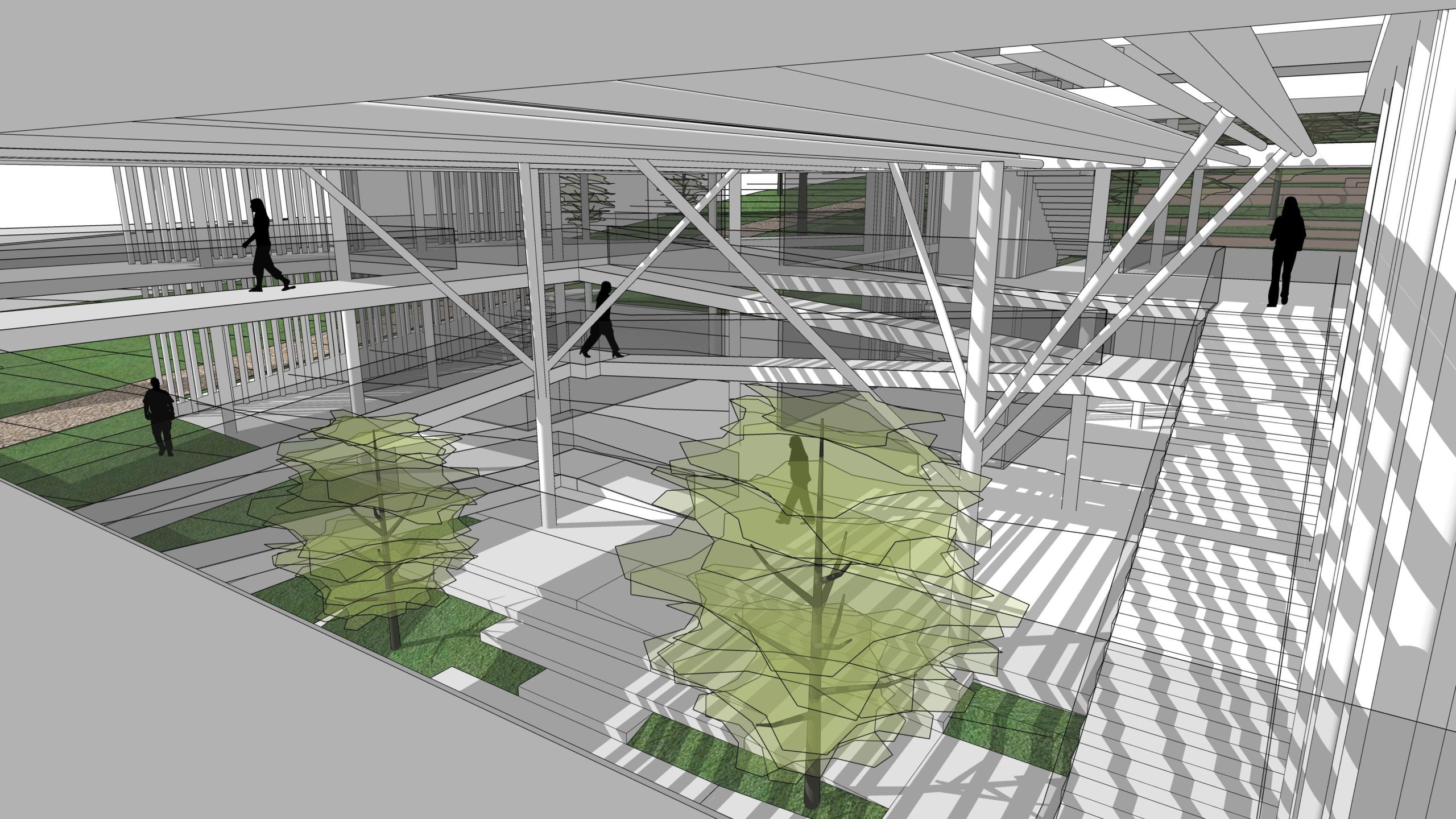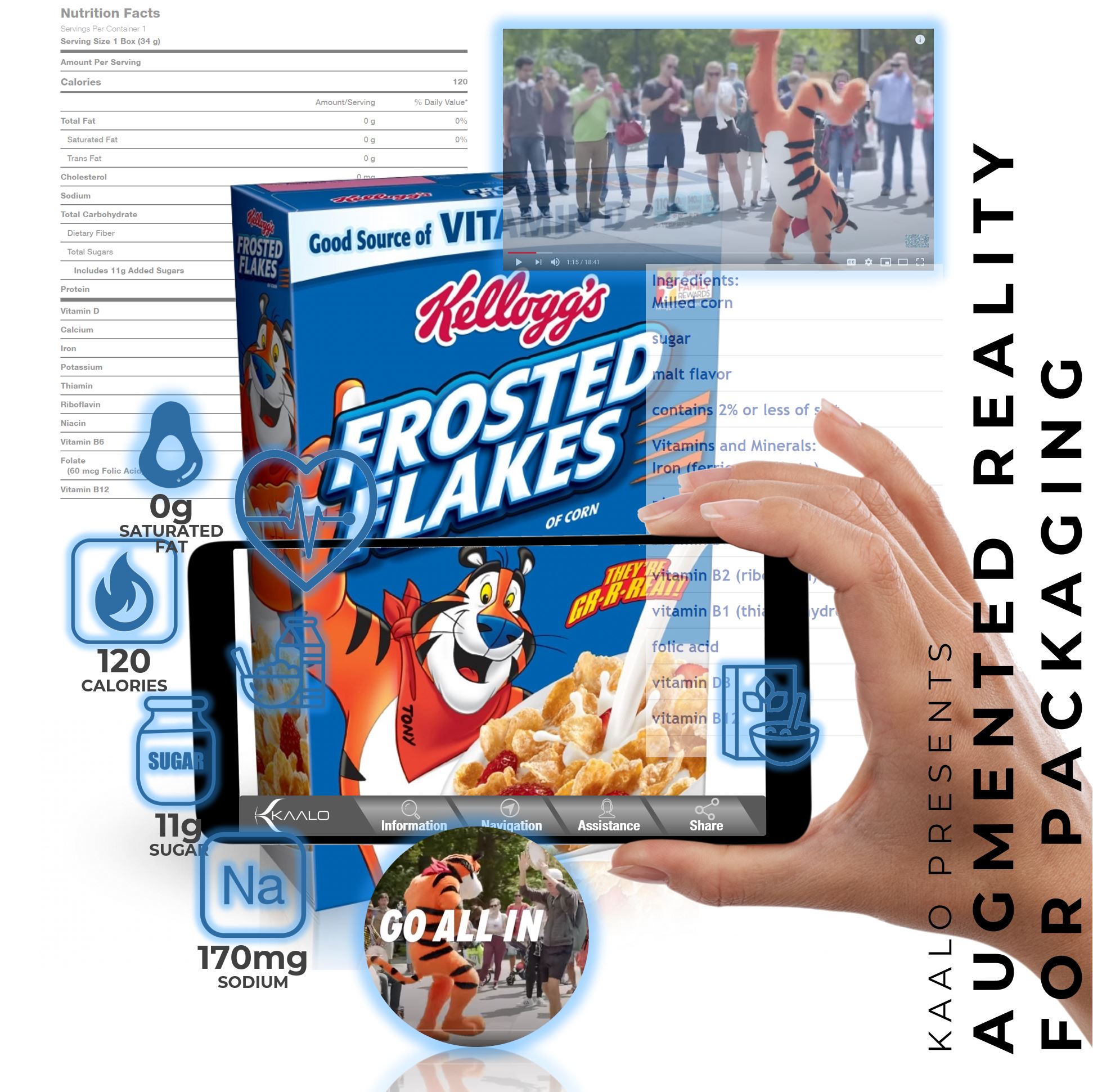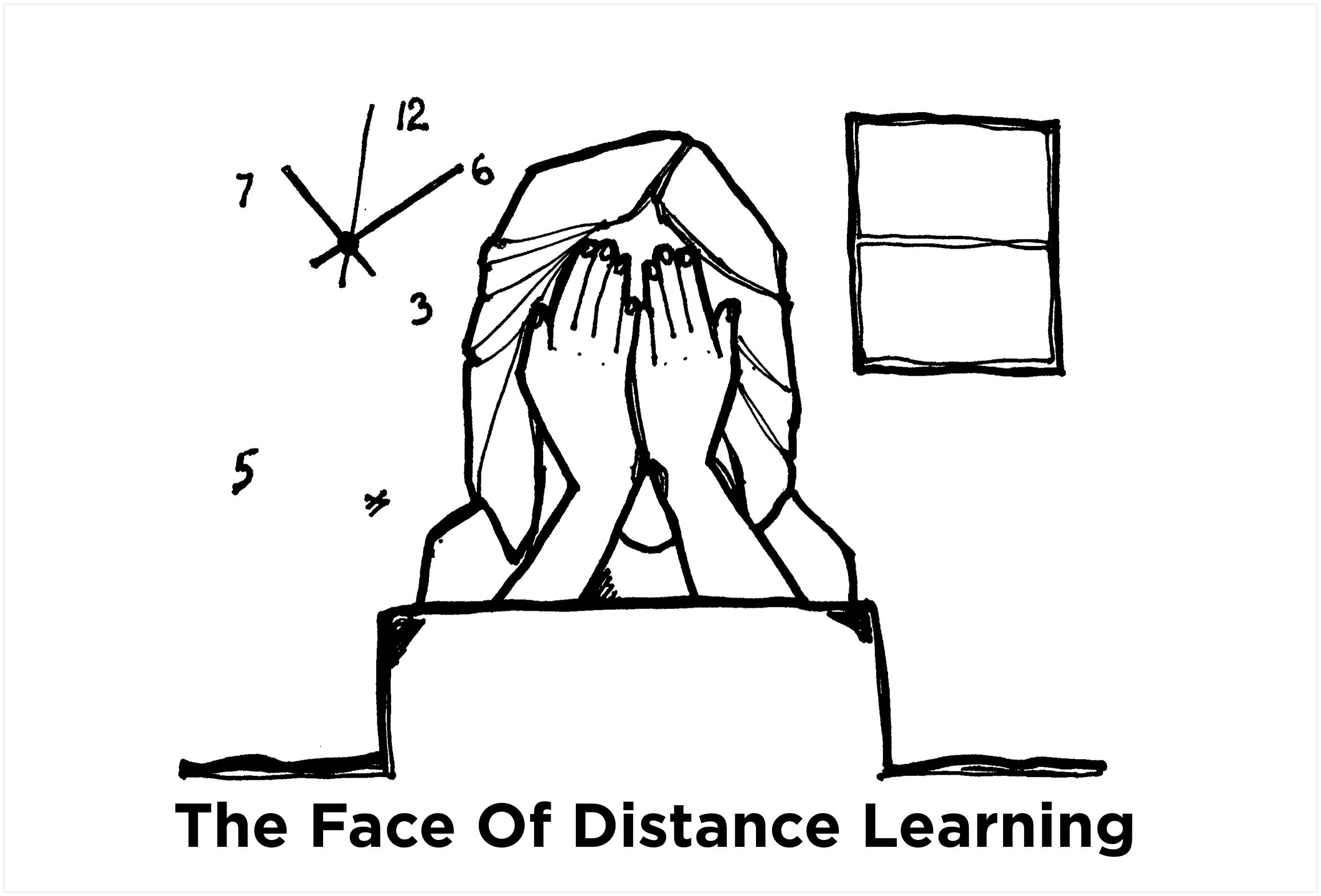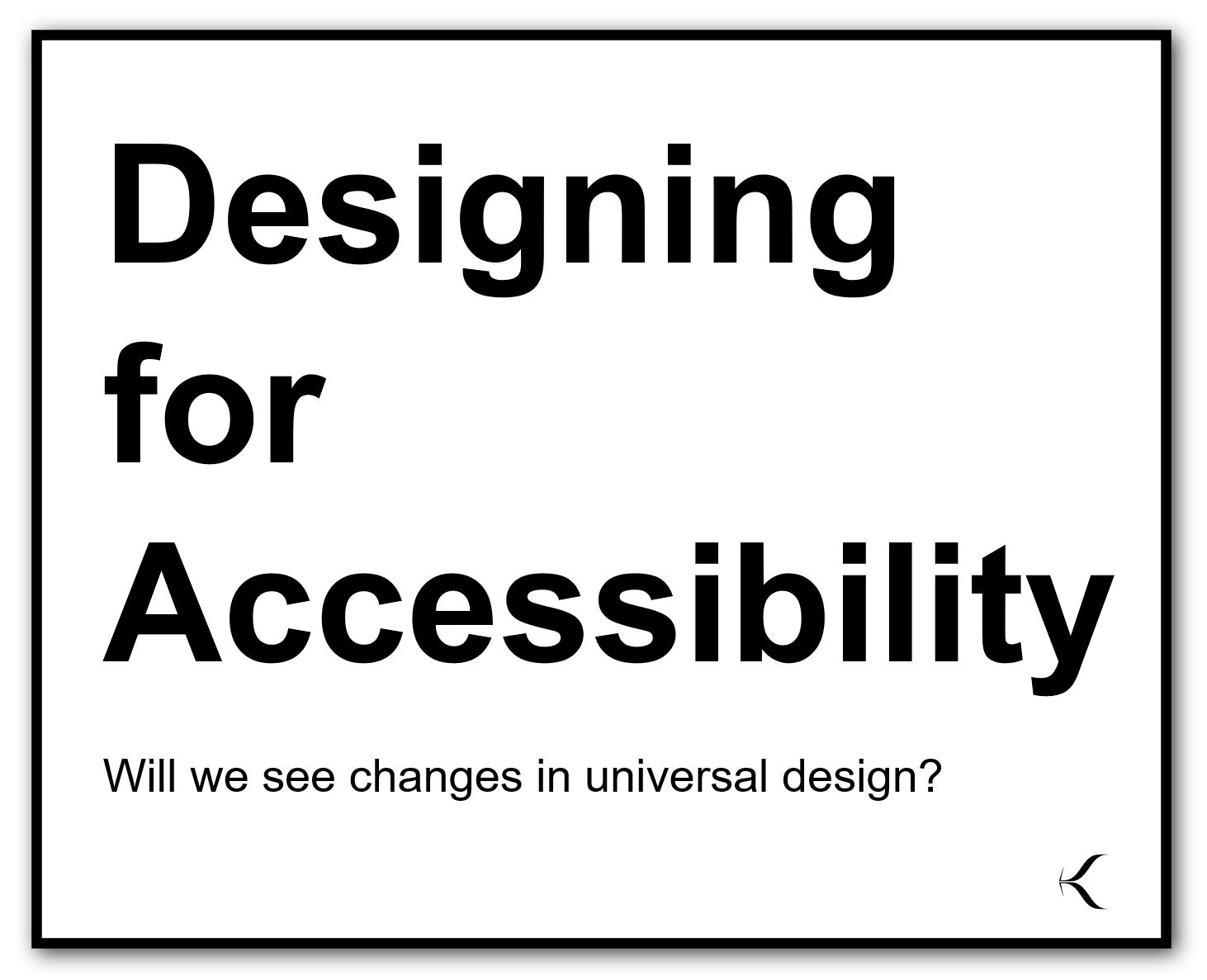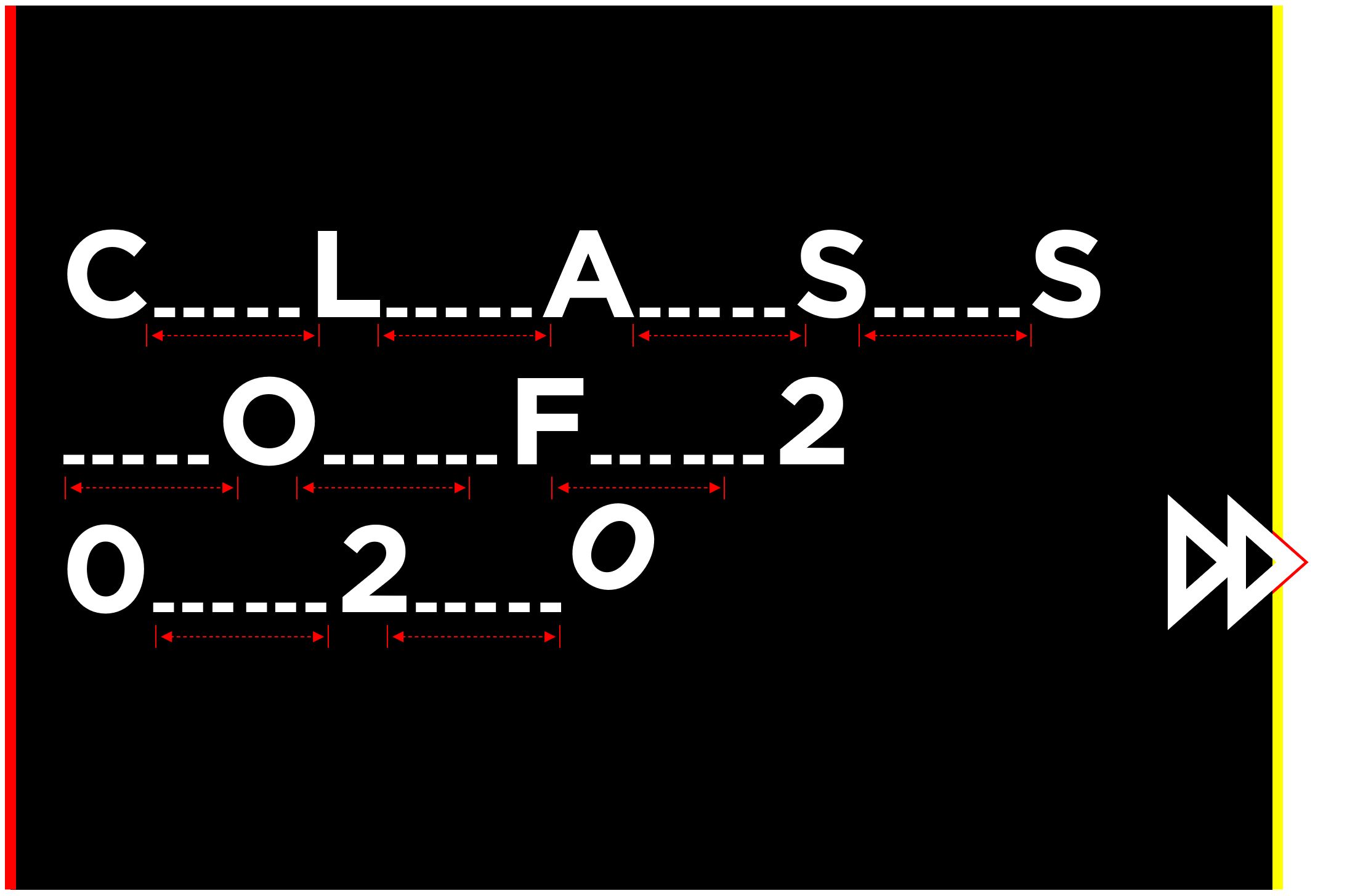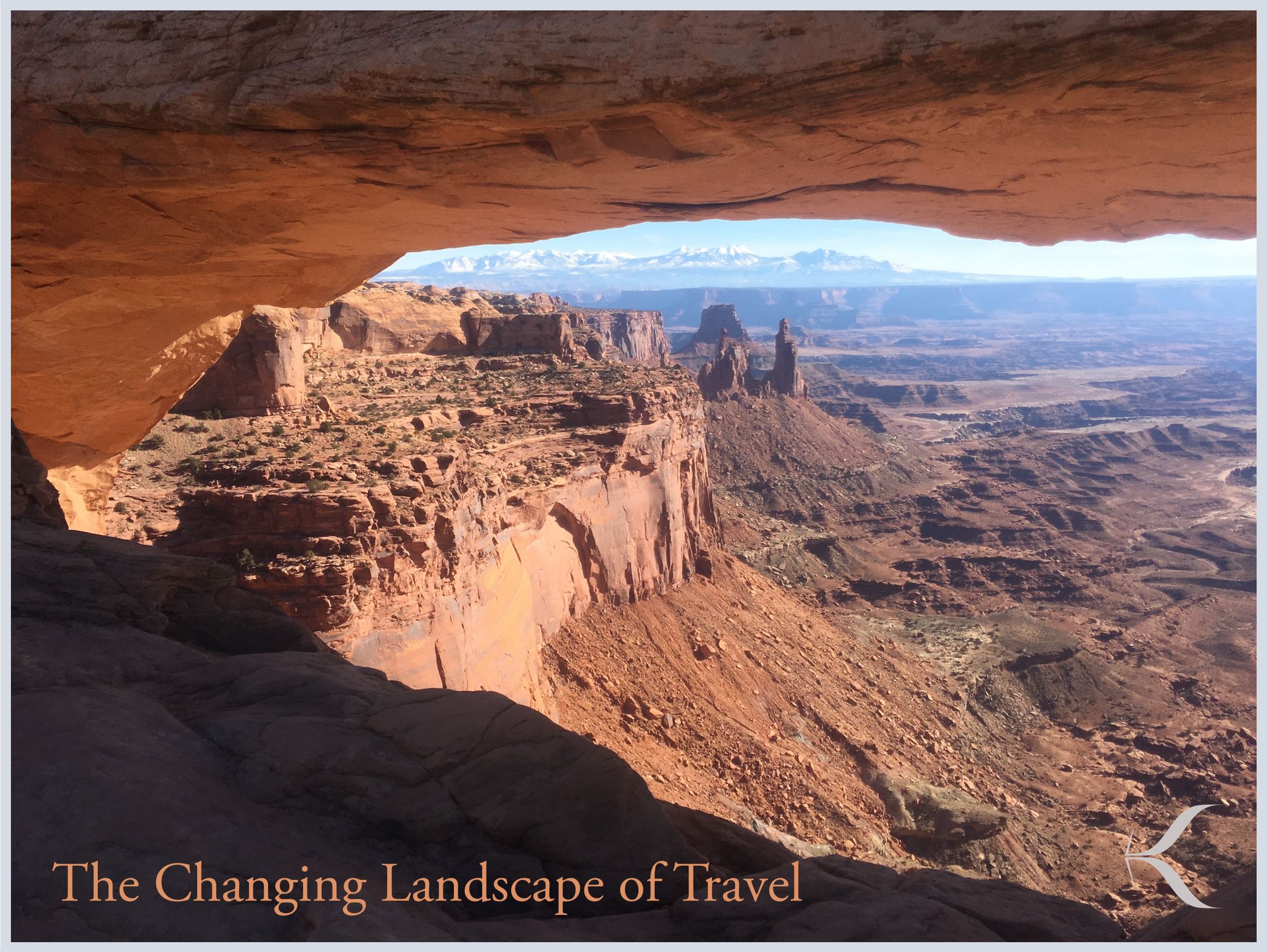Thank you to Four Points News for highlighting our project, Design Yard, on the front page of a recent issue. If you’ve seen the Kaalo sign on RR 2222, near Bell Mountain Rd., and wondered what we were building, here it is!
Kaalo designs products, but we are so much more. At Kaalo, we strive for innovative solutions in product development and business transformation. Those solutions can improve and redefine everyday experiences. And not only do we design innovative products, but we also manufacture some of our own. We invest in transformative technology and operate on a global scale, pushing the boundaries of possibility. We live, work and play design. https://kaalo.com//
You walk through the aisles of a grocery store, and two different boxes of cereal catch your eye. Instead of pulling them down off the shelf, holding them side-by-side to compare them, you simply point your phone at each one. The ingredients, nutritional information, expiration date and allergy warnings appear on-screen, overlaying the image of the box. You have all of the information about the products – that which is printed on the box and more – complete with video and animation possibilities. Imagine pointing your phone at a box of pasta and instantly accessing videos of recipes in which it can be used.
The advantages of such packaging isn’t mere convenience. It allows people with limited mobility to easily access product information. People who are visually impaired can hear text spoken aloud via headset. In warehouse stores, with towering shelves, shoppers can point their phones at items on the top shelf and learn about them without having to wait for assistance. It also means less handling of products, making shopping a more hygienic experience. All of this is possible with augmented reality.
Everyone is struggling with what school will look like this fall in the face of our current pandemic; likely, many students will be taking classes remotely. If it’s true, as the American Psychological Association states, that “interpersonal relationships and communication are critical to both the teaching-learning process and the social-emotional development of students,” what effect will distance learning have on this generation of students?
Almost one-fourth of the American rural population doesn’t have access to reliable broadband internet service, according to the Federal Communications Commission. Fortunately, there are other options. There are countries using broadcast media to disseminate lessons, says the World Bank. Some guidelines propose distributing chapters of textbooks in print or videos via memory cards or CDs. Television and radio along with printed materials could provide a robust distance learning experience without internet availability.
But even with every student able to access at-home learning, we need to address the psychological effects of educating without the benefit of in-person interaction. Social-emotional education must become more intentional, both because we have limited access to cues like body language and facial expression and because the pandemic is creating chronic stress. This means discussions that help students identify emotions in themselves and others and express those emotions appropriately. It means one-on-one counseling for families. These cannot replace in-person social interaction, but they can mitigate the isolating effects of remote education.
In designing a remote learning curriculum that takes all individuals into account, we can incorporate art, writing projects and a variety of communication tools for students who struggle with expressing themselves in words. Outdoor, socially-distanced meetings can serve students, like those with special needs, for whom in-person instruction is absolutely vital. Design may also take on the role of improving video conferencing to make it a more sensory, meaningful experience for teacher-student interaction.
Education without the benefit of in-person group dynamics presents a challenge, both in accessibility and psychology, but we can seize the opportunity to explore the various methods by which lessons can be shared. We can create more robust social-emotional learning and come out of the pandemic a more emotionally intelligent society with a more dynamic education system than we have ever seen before.
Imagine you are hearing impaired. You normally rely on close captioning when watching movies or videos. Quite suddenly, as a result of the coronavirus pandemic, you and your entire department are working from home. You open your laptop and click on the link for your first weekly video conference meeting. You see your coworkers pop up in their little windows in gallery view. You hear nothing, and there are no closed captions. Now imagine that you are viewing a news report on television. Normally, you could read their lips, but due to the masks they are now wearing as a requirement, you cannot see their mouths.
The Covid-19 pandemic has sent both businesses and individuals scrambling to provide the necessities that allow people to work and shop remotely, and at the same time it has left people with disabilities at a disadvantage yet again, everyone else now has a window into what they face every day. Will I be able to work from home? How will I get groceries? Is there enough space on the sidewalk or in the store aisles for me? With social distancing in place, these problems that people with disabilities have always had to address are finally being felt by the rest of society.
Automatic doors that reduce the transference of germs are also of great assistance to people who use wheelchairs, walkers and service dogs as are the wider walkways that promote social distancing. Technology, and a willing employer, that allows people to work and participate in meetings from afar can also be vital to the productivity of those with mobility issues or chronic illness.
If played right, this new, greater focus on accessibility can lead to across-the-board changes to product and interface design beyond simply what makes sense from an infectious disease standpoint. If we listen to the voices of people with disabilities during the design phase, we can create a world in which spaces and interfaces work better not just for disabled people, but for everyone. And with public and workspaces friendly to all, we improved everyone’s experience of common space.
Since the advent of Covid-19, we have all begun to rely more on technology, but is that tech accessible to everyone? People who are blind or visually impaired experience more extensive barriers to using the internet than any other group. The contrast, or lack thereof, between background color and text can be prohibitive for people with low site. And, even with a screen reader, scanning long pages for pertinent information can be problematic, especially if headings and subheadings are not coded appropriately to be recognized by the digital reader as such.
The voiceover, the go-to feature for services geared toward people who are visually impaired, could stand considerable improvement in terms of modulation, speed, and clarity. A feature that reads through grocery store information as a person shops, for example, would do well to focus on only what is pertinent, sorting through the clutter so as not to be overwhelming. Online, while many images have alternate text which can be read by an automatic screen reader, the literal description of a picture is not often the most helpful; text explaining the image’s intention or what information it links to would be more useful. There are also hardware-oriented aspects of web access to consider. Can users of limited physical ability access the full functionality of a website using only a keyboard or only a mouse?
Going forward, these are issues we can prioritize at the beginning of the design phase of a building, a public park, an internet shopping interface, or work-from-home software. Perhaps the push Covid-19 has given us toward more robust systems will spur us to design more universally, for the optimal use of everyone who will access them, no matter their ability.
Salvaging some semblance of a celebration in the middle of a pandemic, the class of 2020 is owning its moment. Amidst a tizzy of virtual graduations, porch photoshoots, drive-by parades, and star-studded televisions commencements, they are acknowledging their rite of passage. Not easily deterred, these new high school graduates, born in the immediate aftermath of the 911 crisis, are resilient.
They grew up in a rapidly changing world bombarded with technology, the TSA, lockdown drills, school shootings, domestic and foreign terrorism, climate change, global culture, social media, and their own, larger-than-life, personal online presences. This interconnectedness perhaps allows them empathy and a rare agility that we witness when they quickly change course to adapt to lockdowns, social distancing, and new methods of learning.
No class is more ready to face the challenges life will throw at them than this one. They are their own commencement speakers. Each has been a witness to his or her own changing reality that has included deferment, tossing of dreams, rethinking majors, and conserving funds.
The future is changed and so will be all their plans for it. This class of 2020 knows better than anyone else how to adapt.
Here’s to the Class of 2020!
